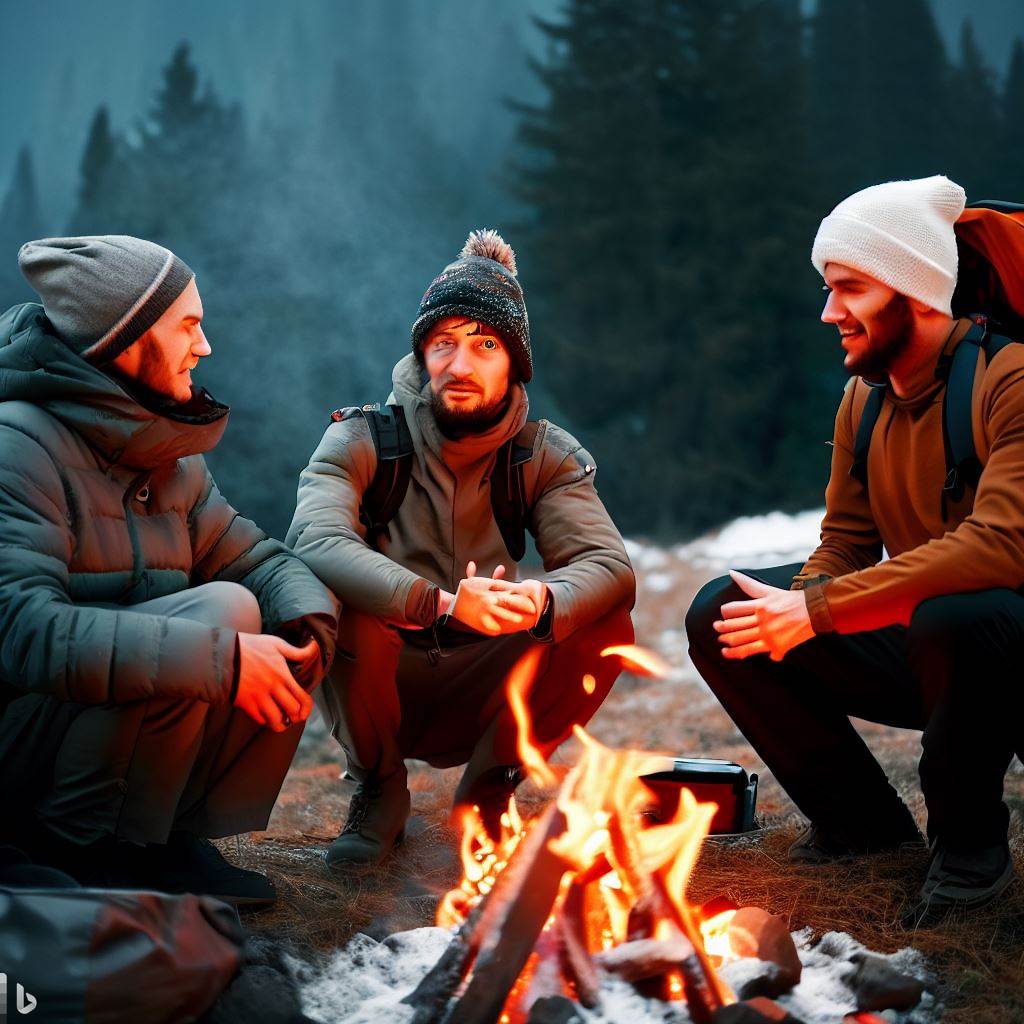
winter camping
Winter Camping Gear: Conquering Cold and Snowy Conditions with Specialized Equipment and Clothing
Understanding the Risks of Winter Camping
Before embarking on a winter camping expedition, it is crucial to be aware of the inherent risks associated with such ventures. The most obvious concern is the extreme cold, which can lead to hypothermia and frostbite if adequate precautions are not taken. Additionally, winter weather is often unpredictable, and snow storms or blizzards can pose serious hazards to campers. Reduced daylight hours and potential isolation also require campers to be well-prepared and self-sufficient during their journey.
Types of Winter Camping Gear
1. Cold-Weather Tents: One of the most crucial pieces of winter camping gear is a cold-weather tent. These tents are designed to withstand snow, wind, and frigid temperatures. Look for a four-season tent with a sturdy frame, durable materials, and a snow skirt to keep snow from entering the interior.
2. Sleeping Bags: Opt for a high-quality winter sleeping bag that offers excellent insulation and warmth. Look for a bag with a temperature rating lower than the expected lowest temperatures of your camping location. Down-filled sleeping bags are lightweight and provide excellent insulation, while synthetic-filled bags are more moisture-resistant, ensuring better performance in damp conditions.
3. Sleeping Pads: Adequate insulation from the cold ground is essential to stay warm during winter camping. Invest in a good-quality sleeping pad with high R-value (thermal resistance) to provide insulation from the cold surface and prevent heat loss.
4. Winter-Specific Backpacks: Winter camping requires carrying additional gear, such as extra clothing layers and equipment, making a specialized winter backpack a wise investment. Look for packs with external attachment points for snowshoes or ice axes and compartments for easy access to essentials.
5. Snowshoes and Crampons: Snowshoes help distribute your weight over a larger surface area, making it easier to walk on snow. Crampons provide extra traction on icy terrain, ensuring safer hikes in winter conditions.
6. Insulated Water Bottles: Prevent water from freezing by using insulated water bottles or placing regular water bottles in insulated bottle covers. Staying hydrated is crucial in cold weather.
7. Portable Stoves: Cold temperatures can make it challenging to cook using regular camping stoves. Invest in a winter-specific stove designed to handle low temperatures and wind efficiently.
8. Headlamps and Lanterns: Winter days are shorter, and darkness sets in earlier. A reliable headlamp and lantern are essential for navigating camp and performing tasks in the dark.
Winter Clothing Essentials
1. Layering System: Dress in layers to regulate body temperature effectively. The three layers typically include a moisture-wicking base layer, an insulating mid-layer, and a waterproof and windproof outer layer.
2. Insulated Jackets: Invest in a high-quality, insulated jacket to trap body heat and keep you warm during extreme cold.
3. Waterproof and Windproof Pants: Waterproof and windproof pants are vital to protect against snow and cold wind.
4. Insulated Gloves and Mittens: Keep your hands warm and protected with insulated gloves or mittens. Consider using liner gloves for added warmth and dexterity.
5. Insulated Boots: Choose insulated, waterproof, and sturdy winter boots to keep your feet warm and dry.Conclusion
Conclusion
Winter camping presents a thrilling opportunity to connect with nature in its most pristine form. However, it demands meticulous preparation and the use of specialized gear and clothing to conquer the challenges of cold and snowy conditions. By understanding the risks involved and equipping yourself with the right equipment, you can experience the magic of winter camping while staying safe, comfortable, and ready for the breathtaking beauty of winter landscapes.
